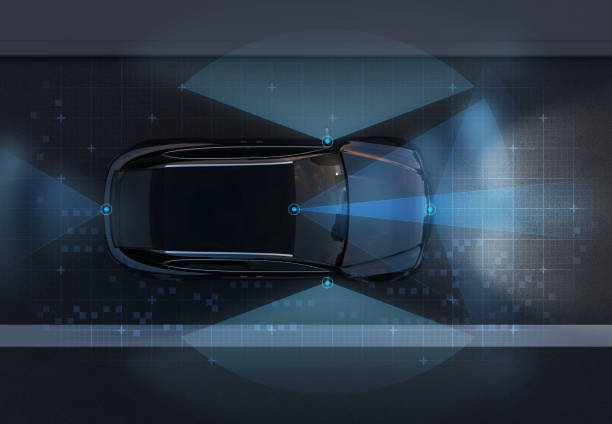Deciphering the Secrets of Automotive Radar Systems
The hum of tires on asphalt, the gentle sway of suspension – familiar sensations for any driver. But beneath this everyday experience lies a hidden world of cutting-edge technology. Today, we dive into the realm of automotive radar systems, unraveling their mysteries and exploring how they're reshaping our driving experience. Buckle up as we embark on a journey through the invisible waves that are revolutionizing road safety and paving the way for the future of transportation.

The history of automotive radar dates back to the 1970s when rudimentary systems were first introduced. However, it wasn’t until the late 1990s and early 2000s that the technology began to gain significant traction. The miniaturization of components and advancements in signal processing have since transformed automotive radar from a luxury feature to an essential safety component in many modern vehicles.
Peering Through the Fog: How Automotive Radar Works
At its core, automotive radar operates on a simple principle: emit a signal, receive its reflection, and analyze the differences. However, the devil is in the details. Modern systems use sophisticated algorithms to interpret the returned signals, distinguishing between static objects, moving vehicles, and even pedestrians.
Frequency-modulated continuous-wave (FMCW) radar is the most common type used in automotive applications. It transmits a continuous signal that changes frequency over time, allowing for precise distance and velocity measurements. This technology enables features like adaptive cruise control, which maintains a safe distance from the vehicle ahead by constantly adjusting speed.
The Spectrum of Safety: Different Types of Automotive Radar
Not all automotive radar systems are created equal. Different applications require varying levels of range, resolution, and processing power. Short-range radar, typically operating at 24 GHz, is used for functions like blind-spot detection and parking assistance. These systems can detect objects within a few meters of the vehicle with high accuracy.
Medium-range radar, often operating at 77 GHz, is employed for applications like collision warning systems. With a range of up to 60 meters, it provides a broader view of the vehicle’s surroundings. Long-range radar, also at 77 GHz, can detect objects up to 250 meters away, making it ideal for highway driving and advanced driver assistance systems (ADAS).
Beyond Detection: The Growing Role of Radar in Vehicle Intelligence
As automotive radar technology continues to evolve, its applications are expanding beyond simple object detection. Modern systems are becoming integral to the vehicle’s overall intelligence, contributing to a more comprehensive understanding of the driving environment.
One exciting development is the integration of radar with other sensing technologies like cameras and lidar. This sensor fusion approach allows vehicles to create a more detailed and accurate picture of their surroundings, compensating for the limitations of individual sensors. For example, while cameras excel at object classification, radar can provide precise distance and velocity information, resulting in a more robust overall system.
Challenges and Future Directions: Refining the Radar Revolution
Despite its many advantages, automotive radar technology still faces several challenges. Signal interference from other vehicles’ radar systems can lead to false readings or reduced effectiveness. Researchers are exploring techniques like frequency hopping and advanced signal processing to mitigate these issues.
Another area of focus is improving radar resolution. While current systems can detect the presence and movement of objects, they often struggle to provide detailed shape information. Innovations in antenna design and signal processing are pushing the boundaries of what’s possible, with some experimental systems approaching camera-like resolution.
Looking to the future, automotive radar is poised to play a crucial role in the development of fully autonomous vehicles. As these systems become more sophisticated, they will enable cars to navigate complex traffic scenarios with increasing confidence and safety.
The Road Ahead: Integrating Radar into the Fabric of Driving
As we’ve explored, automotive radar systems have come a long way from their humble beginnings. Today, they stand as a testament to human ingenuity, invisibly guarding our journeys and pushing the boundaries of what’s possible in automotive safety and intelligence.
The ongoing refinement of this technology promises to bring us closer to a future where accidents are a rarity, and vehicles can navigate even the most challenging conditions with ease. As drivers, we may not always be aware of the complex systems working behind the scenes, but with each passing mile, automotive radar is quietly reshaping our relationship with the road.
From enhancing our awareness in poor visibility to enabling the dreams of autonomous driving, radar technology is woven into the very fabric of modern automotive design. As we look to the horizon, one thing is clear: the invisible waves of automotive radar will continue to guide us towards a safer, more intelligent driving experience for years to come.




